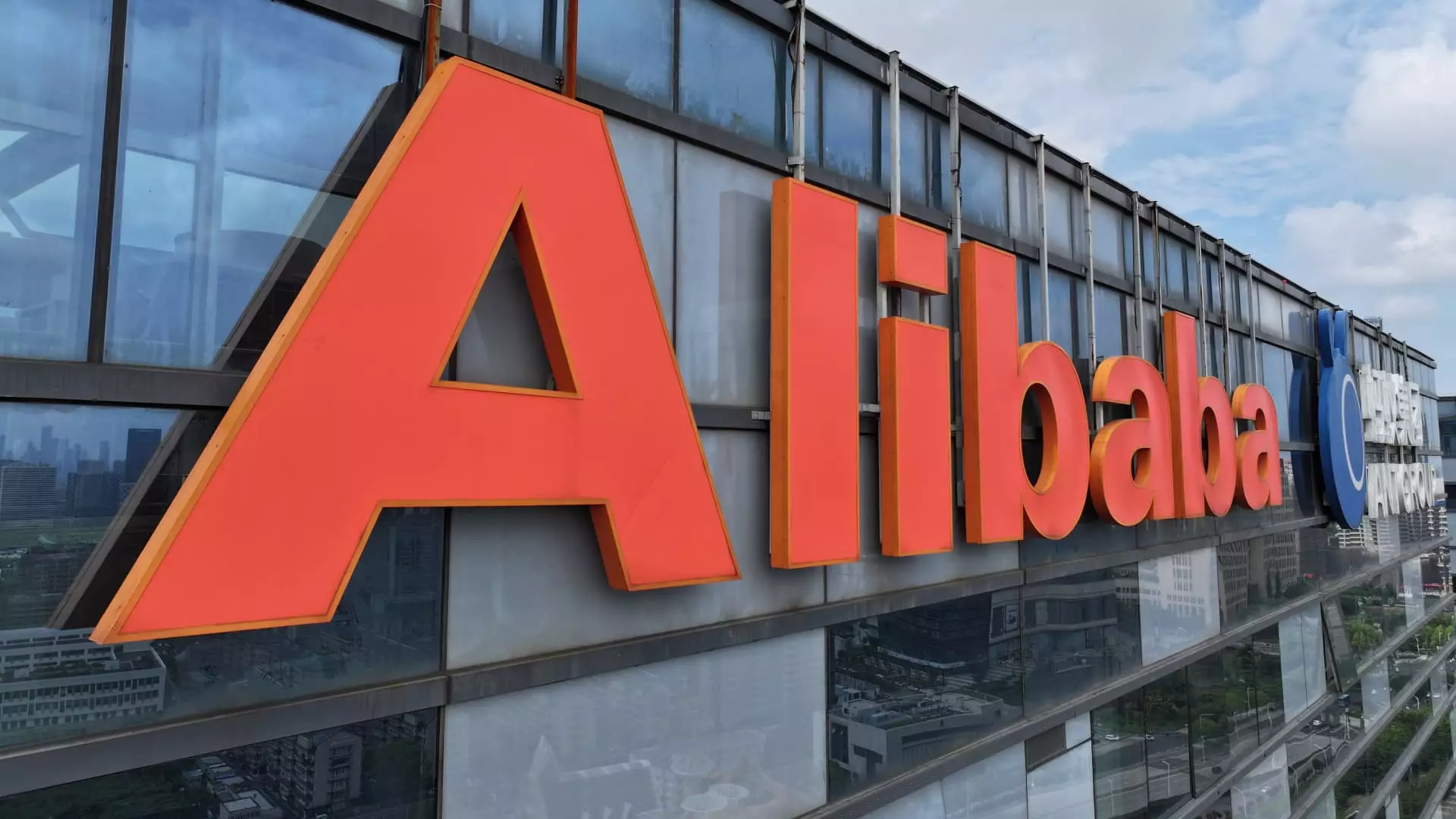Alibaba, the Chinese tech giant, has recently completed a three-year regulatory “rectification” process as mandated by China’s State Administration for Market Regulation (SAMR) following an antitrust fine it received in 2021. The SAMR, in a statement, highlighted that Alibaba has made significant progress in aligning its operations with antitrust regulations. This development has been well-received by investors, with Alibaba’s shares rising by 4.37% in premarket trading in the U.S.
The journey towards regulatory compliance has not been an easy one for Alibaba. In 2021, the company was fined 18.23 billion yuan ($2.6 billion) by the SAMR as part of an anti-monopoly investigation. The focus of the investigation was on Alibaba’s “choose one” policy, which forced merchants to select one of two e-commerce platforms, thereby strengthening Alibaba’s market position unfairly. This fine served as a wake-up call for Alibaba, prompting it to undertake the necessary rectification measures.
Since the regulatory fine, Alibaba has been under close supervision by the SAMR to ensure that it adheres to the regulators’ requirements. The SAMR has confirmed that Alibaba has put an end to its “‘choose one of two’ monopoly behavior,” signaling a significant step towards compliance. The SAMR has expressed its commitment to guiding Alibaba in further enhancing its compliance measures and operational efficiency while fostering innovation within the company.
The completion of the regulatory overhaul marks a new beginning for Alibaba, allowing the company to put its regulatory challenges behind it. Analysts at Jefferies have viewed this development as a positive sign for Alibaba, emphasizing that it signifies a fresh start for the company and underscores its commitment to regulatory compliance in its operations. This positive outlook bodes well for Alibaba’s future growth and stability in the market.
The regulatory journey of Alibaba reflects the broader changes taking place in China’s tech industry. Chinese regulators have been intensifying their scrutiny of private technology firms, aiming to curb their power and address antitrust concerns. The regulatory crackdown, which began in late 2020, has seen several regulations being enacted to rein in the influence of domestic tech companies. This changing landscape has forced tech giants like Alibaba to adapt and evolve in order to remain compliant and competitive.
While Alibaba has successfully navigated its regulatory challenges, the company continues to face obstacles in the form of slowing growth and increasing competition in the e-commerce sector in China. Additionally, with a cautious Chinese consumer base, Alibaba must innovate and adapt its business strategies to maintain its market position. Despite these challenges, Alibaba has shown early signs of recovery, with its cloud computing revenue picking up and its e-commerce transactions remaining robust in the June quarter.
Alibaba’s regulatory journey highlights the importance of regulatory compliance and the evolving landscape of the tech industry in China. By completing the “rectification” process, Alibaba has taken a significant step towards ensuring its future growth and sustainability in the market. As the company continues to navigate the challenges and opportunities that lie ahead, it remains poised to emerge stronger and more resilient in the ever-changing tech ecosystem.


Leave a Reply